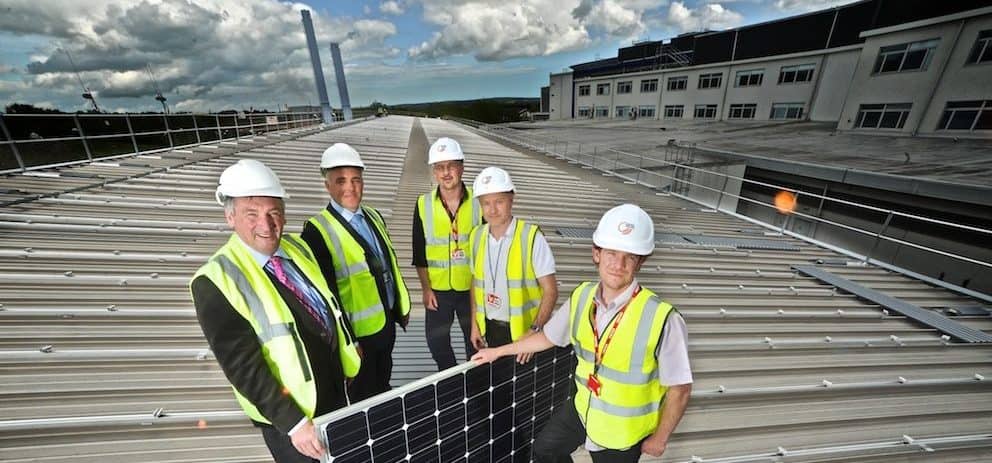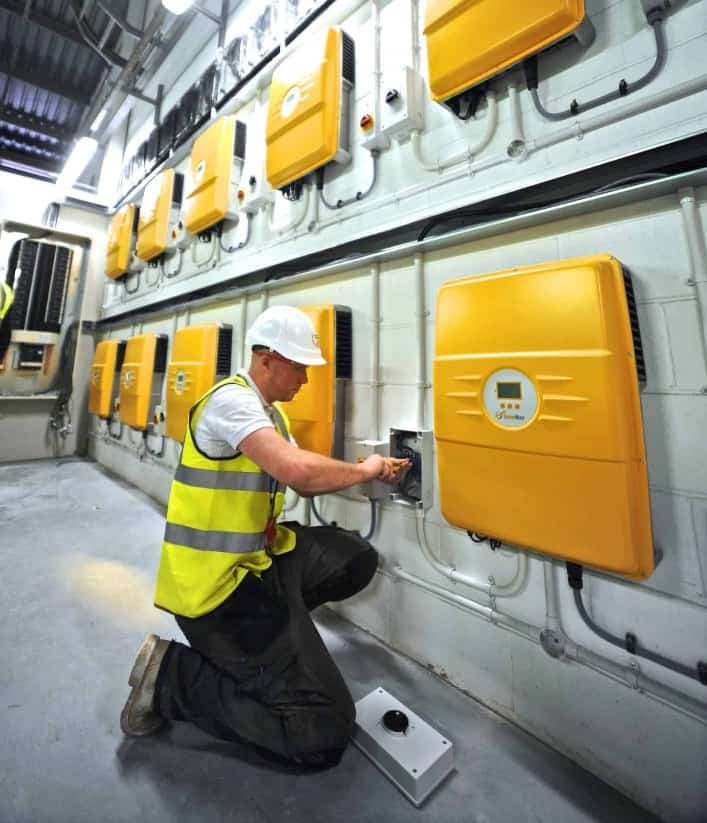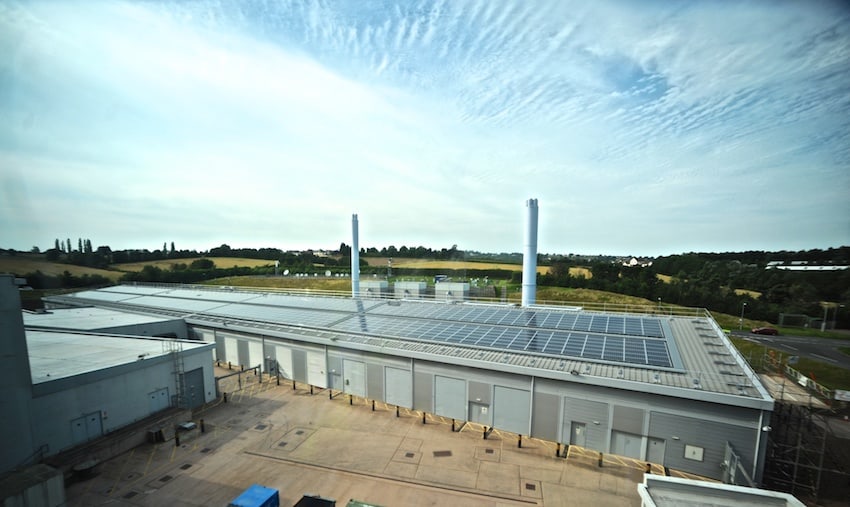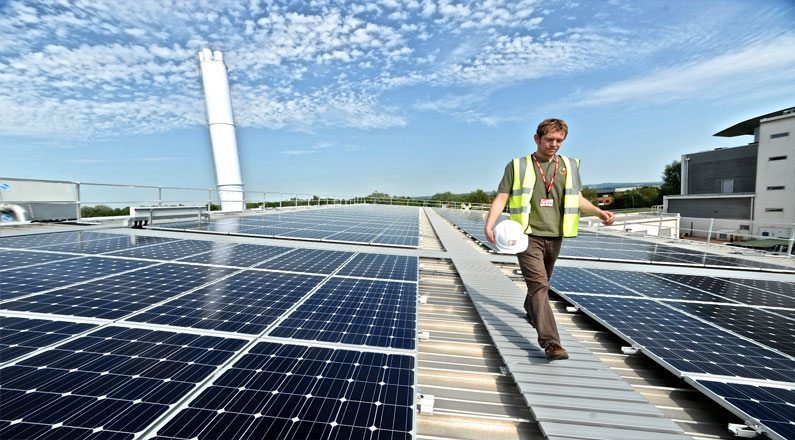As we do with any project, we went through a detailed design process to ensure we provide the best system to suit the client’s requirements. With this job we considered several different panels and inverter combinations to find the best solution taking into account the Met Office’s requirements, the system cost, the amount of electricity generated, minimising the impact of the shading on the system, and the return on investment and payback period.
Having won the tender, SunGift installed what is one of the largest roof-top commercial solar PV installations in the UK one and a half weeks ahead of schedule despite a very tight and challenging timeframe. The 1,000 panel 250kWp system is estimated to generate more than 220,000 units of electricity a year and the peak output from the system will power one of the supercomputers.







 Solar PV Contractor of the Year 2024
Solar PV Contractor of the Year 2024